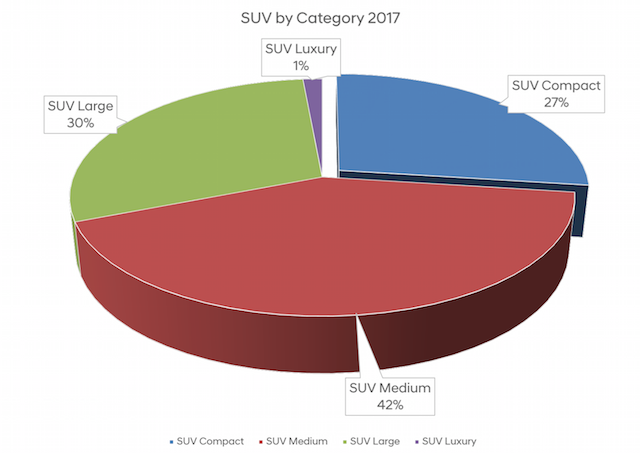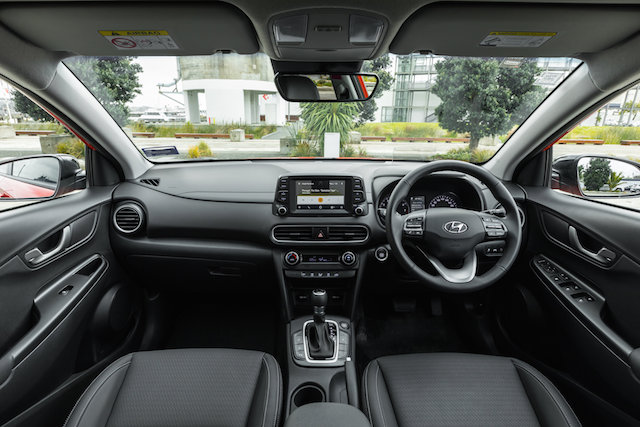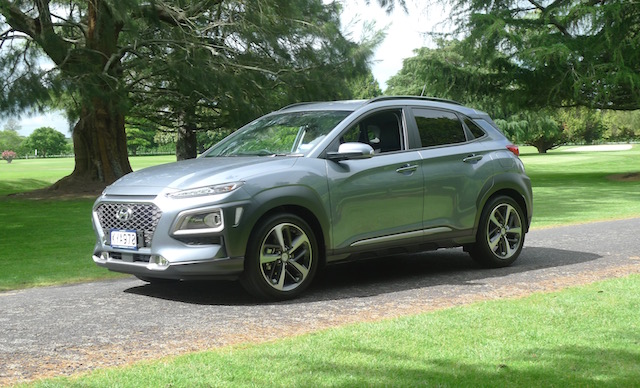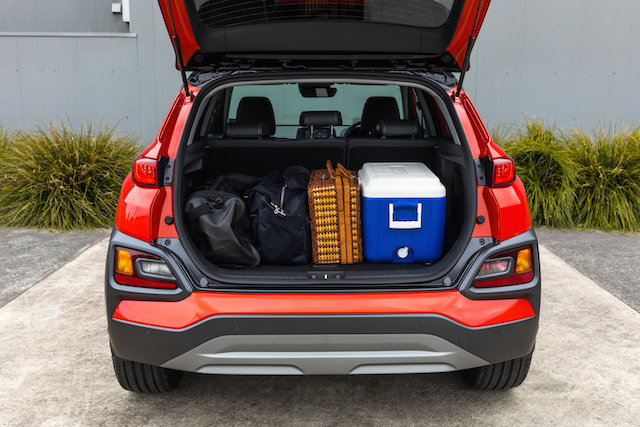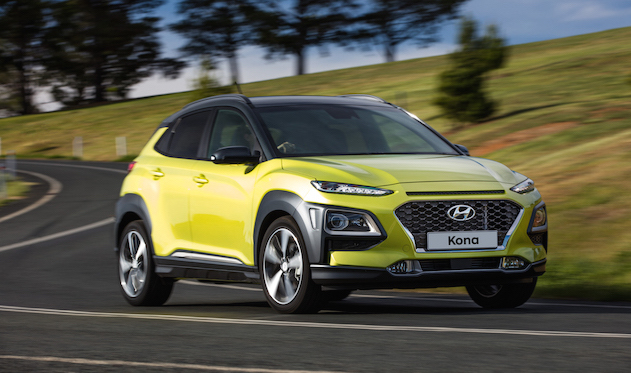
Hyundai NZ general manager Andy Sinclair says the new Kona is the “most important new model for Hyundai in years.”
Easy to see why. Hyundai needs the compact model to bolster its stocks, because its sales at the end of September were down significantly on the same period last year.
The numbers tell the story: 6379 sales in nine months last year – 5870 in nine months this year. That’s a slump of 509 vehicles; a year-on-year drop of 8 per cent. Or an average 56 fewer sales a month in 2017.
Taken a step further, the 5870 sales is a 10 per cent fall on the 6514 Hyundai sold January-September 2015. This in the most buoyant period in New Zealand’s car sales history, too.
Until now Hyundai has had to live with the fact that it didn’t have an SUV to compete in the compact segment, where 27 per cent of buyers shop.
Those, for example, who get behind the wheel of either the Mazda CX-3, Mitsubishi ASX, Holden Trax, Honda HR-V, Nissan Qashqai, or Toyota CH-R, among others.
Hyundai has had the medium and large SUV divisions covered with the Tucson and Santa Fe. Both were among the top 15 best-selling passenger vehicles this time a year ago, Tucson at No. 6 and Santa Fe at No. 9. Tucson’s is still among them, at No. 8, but Santa Fe has slipped outside the 15.
How vital is an SUV to a carmaker’s performance? SUVs registered to the end of last month in New Zealand this year totalled 45,992 units, or 59 per cent of the 78,410 overall passenger car sales.
Like it or not, say industry observers, around 65 per cent of all passenger vehicles sold in New Zealand in the next few years will be SUVs.
Hyundai launched the Kona (it’s named after the birthplace of Kona coffee in Hawaii) on a drive from Auckland to Wellington.
It was an unusual unveiling, in that New Zealand motoring writers shared the driving with independent reporters and bloggers and Hyundai staff from the Asia Pacific, roughly 30 men and women in all.
I was with two fellows from Brunei, the independent energy-rich country that borders Malaysia. One worked for Hyundai; the other was a travel blogger – “Brunei’s most wanted travel blogger”, he said. No, there wasn’t a price on his head – read the self-proclaimed “most wanted” for “most popular”.
The route Hyundai laid out for the journey south took us into the Waikato and through the back of Ngaruawahia to the Whatawhata Café for lunch. Then Te Kuiti, Taumaranui, and overnight at Chateau Tongariro Hotel.
Day 2 was to Ohakune and Taihape and down State Highway One through Bulls to the Waikanae Beach Café and on to Wellington.
It was the Bruneians’ first time in New Zealand. The travel blogger said he wanted to give his instagram, whatsapp, facebook, and website followers both a close-up and bird’s eye view of the country.
Roadside paddocks full of sheep and cattle are apparently a rarity in Brunei. That’s why he regularly asked to stop to film ewes and lambs, cows and calves, steers and bulls, llamas even. Sometimes with still cameras, sometimes with a drone.
His drone tracked me driving the Kona back and forth for 30 minutes through a switchback on a bush-clad country road south of Taumaranui. It tracked sheep and cattle along the way for 5 minutes, 10 minutes, sometimes for 30.
I was half expecting a farmer wearing a Swandri and a squint to roll up on a quad-bike and ask: “What the hell are you blokes up to?”
When the travel blogger wasn’t singing along with Apple Car Play, or filming things outside the car, he was shooting stills and video of me and the Hyundai fellow inside the car and sending them instantly to a wider audience on instagram. “Say hello to one of my followers,” he’d say.
Anyway, Day 2 we were first out of the gate at the Chateau Tongariro Hotel. But we never turned left later down the road and joined the others for chocolate eclairs at Ohakune or the gumboot-throwing contest near the Brown Sugar Café in Taihape. Too many sheeps and cows to film, see.
We had fallen so far behind the rest of the pack that we hightailed it straight ahead to Whanganui. I figured we’d hang a left over the river towards Bulls and pick up a bit of time.
We fell even further behind in Whanganui. The woman who runs the Recaffinate coffee shop near the main downtown bridge told the guys in passing she’d been to Brunei on her way to Borneo.
The travel blogger quickly went to his smartphone and began filming: “Tell me what you like about Brunei,” he asked her. And: “Can you say ‘I love Hyundai’”… And so it went on, straight to instagram.
Later, somewhere north of Waikanae, Hyundai NZ marketing manager Daniel Page phoned my cell. I was sitting in the rear of the Kona. It was his fourth or fifth call in 24 hours. “Where are you guys?”
Oh yeah, the new Hyundai Kona. There are four models in New Zealand: standard and Elite with front-wheel drive (2WD) and standard and Elite with all-wheel drive (4WD).
The standard front-drive costs $31,990 and gets a 2.0-litre petrol engine delivering 110kW/180Nm to the front wheels via a six-speed automatic. The $36,990 Elite version uses the same drivetrain.
The standard 4WD costs $36,990 and uses a turbocharged 1.6-litre petrol engine producing 130kW/265Nm. The Elite variant with the same engine is priced at $41,990. Both have a seven-speed dual clutch.
The 2.0-litre rides on 17-inch rubber, the 1.6-litre on 18. Hyundai claims town-and-around fuel use for the 2.0-litre of 7.2 litres/100km (169gr/km C02), and 6.7-litres/100km (153gr/km C02) for the 1.6-litre.
The 2WD uses Macpherson strut and coils up front and a torsion beam with coils at the rear. The 4WD uses the same Macpherson front but has a multi-link arrangement in the rear.
The multi-link set-up is more comfortable. I spent some time in the back seat of both 2WD and 4WD models and my backside votes for the 4WD’s multi-link. The 2WD’s torsion rear was constantly jiggly, on even the best surfaces.
In fact, the 2.0-litre and its six-speed auto are not as good a match as the boosted and more flexible 1.6-litre and its seven-speed box. Same with the chassis dynamics. The 2WD never feels as settled as the 4WD, certainly not pushing on with three blokes on board.
Kona introduces a couple of firsts to the Hyundai stable: Auto Link and wireless charging. Auto Link connects via Bluetooth the owner’s mobile phone to the car’s computers to keep tabs on all sorts of information, even some of the driver’s personal habits.
Auto Link is on all four Kona models. Wireless charging is available only on the Elite. At the moment it works only with Android phones. Apple users will have to wait until next year. Elite also gets a heads-up display.
PS: A fellow who works for Hyundai in US territory Guam won the gumboot-throwing contest.


